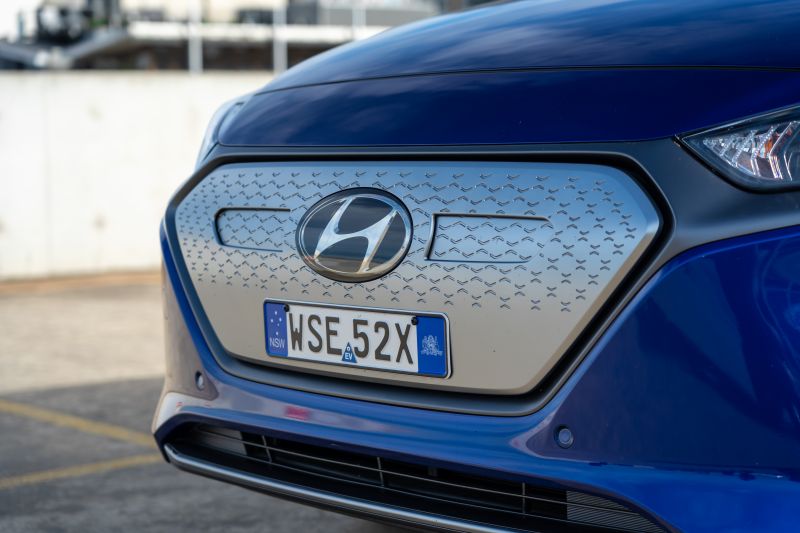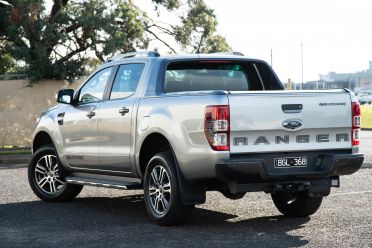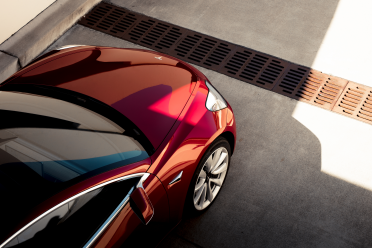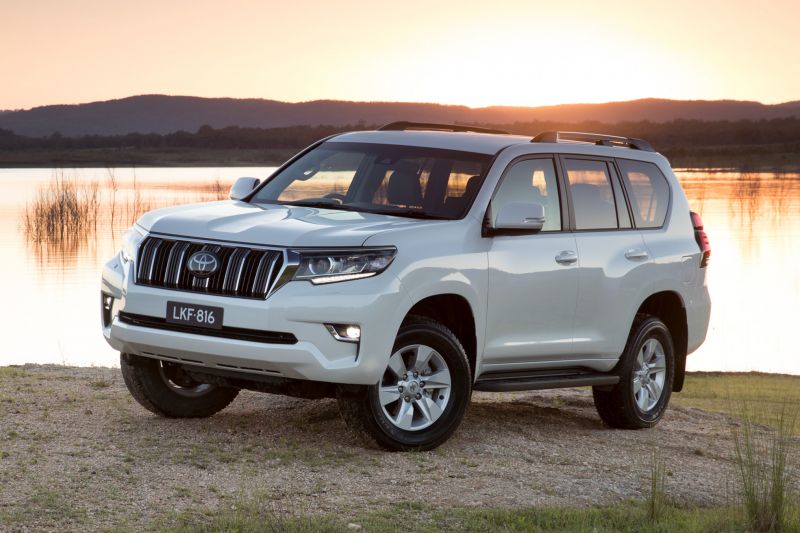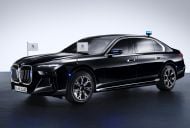One barrier to electric vehicle uptake has been (slightly) lifted with Australian Government increasing the luxury car tax (LCT) threshold for new vehicles from July 1, 2020.
The start of a new financial year has seen the threshold for electric vehicles and fuel efficient cars (with an NEDC fuel use claim below 7.0L/100km) increase from $75,526 to $77,565 – a jump of 2.63 per cent.
Although it’s a small jump, the increase is significant. The LCT threshold for electric and fuel efficient cars was raised by a mere $526 in between 2009 and 2019. In contrast, the threshold for internal-combustion vehicles has been lifted by $10,345 in the same period.
The cut-off point for non-fuel-efficient internal-combustion vehicles has risen from $67,525 to $68,740 in 2020 – up 1.77 per cent.
This indicates some focus to encourage the uptake of more sustainable vehicles in Australia by easing one price barrier for expensive electric and plug-in-hybrid models.
For context, cars such as the Tesla Model 3 Standard Range Plus and Hyundai Kona Electric Highlander sneak in below the LCT for electric vehicles.
The LCT was introduced by the Australian Tax Office in 2000 alongside with the goods and services tax (GST) – to protect the Australian car manufacturing industry against imported vehicles.
Of course, the continuation of the LCT is controversial since the last mass-produced local car manufacturing plant ceased in 2017 with the closure of Holden’s Elizabeth factory.
The LCT is a 33 per cent tax on a car’s value above the threshold. The value is determined by the vehicle’s final retail price, including fees such as GST, dealer delivery, extra accessories, and more.
The LCT is an additional charge for purchasing new vehicles on top of stamp duty, compulsory third party insurance (CTP), registration and more.
For example, a flagship Tesla Model 3 Performance (without options) priced at $97,425 can incur a $5957 LCT fee.

